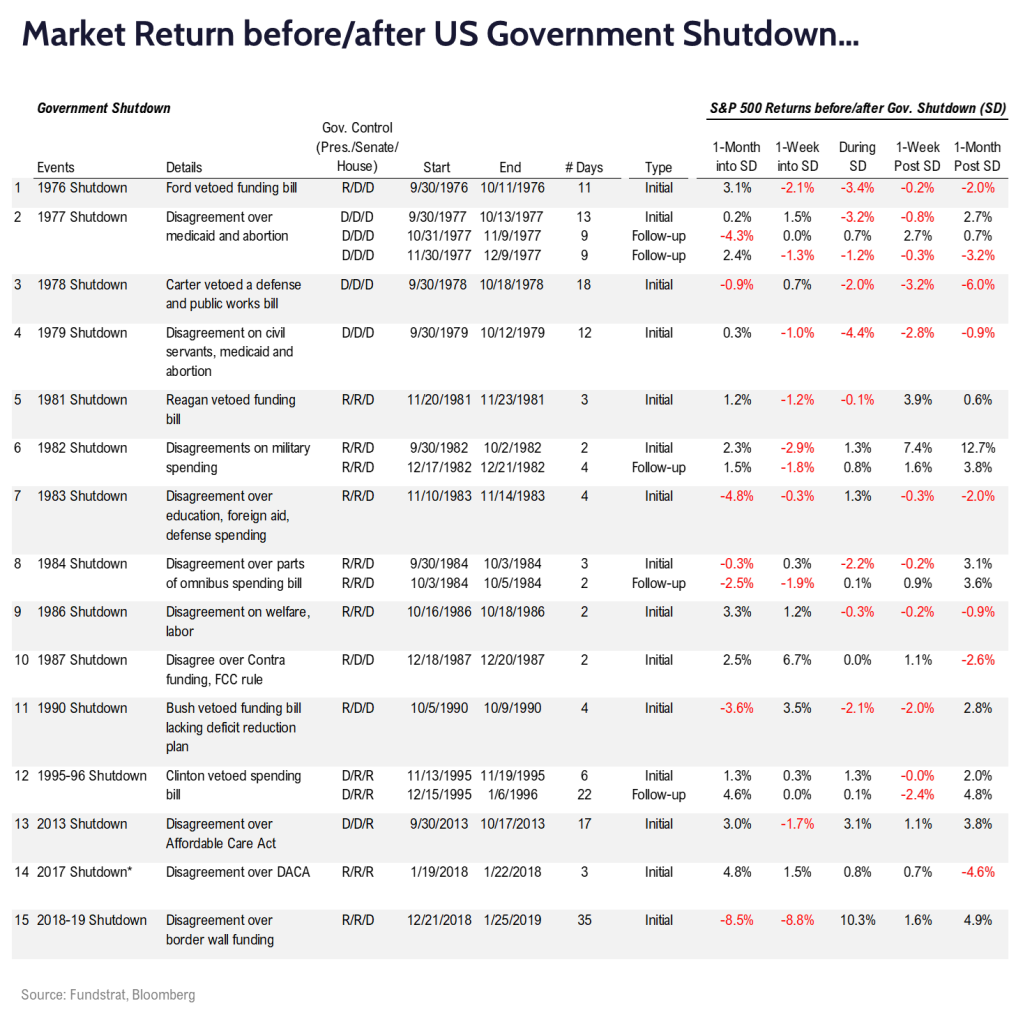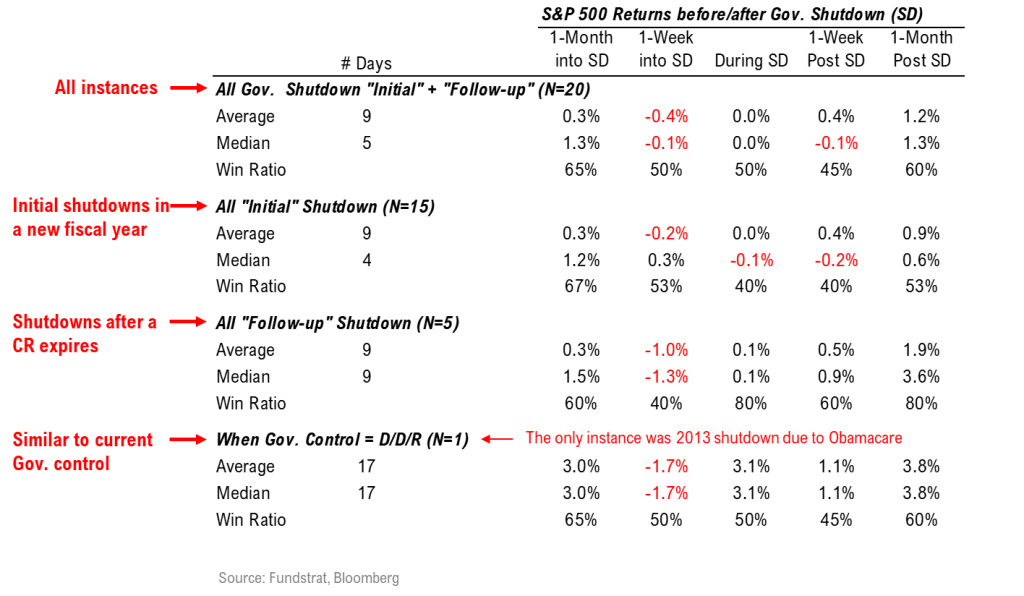The news in DC this week will be the struggle among House Republicans to see if they can develop a plan to avoid a partial government shutdown on Saturday. Additionally, events on the battlefield in Ukraine have focused attention on the House to act on the Senate passed bipartisan Military Aid Supplemental funding both Ukraine and Israel.
Under the leadership of House Speaker Mike Johnson, the government was funded in two tranches. The first, expires on March 1 and includes the Departments of Agriculture, Energy, Transportation, Housing and Veteran Affairs. The rest of the government, including Defense and HHS are funded until March 8th.
Over the weekend appropriations staff and Congressional leadership continued talks to see if there may be a breakthrough for at least those Departments that need action by the weekend. Reportedly, the biggest obstacle is demands by Conservative Republicans to include policy riders on issues that range from abortion to the border. Most of the conservative riders are opposed by Democrats making passage by the Senate impossible. Indeed, there is a group of more moderate Republicans who are opposed to some of the policy riders.
To turn up the heat on House Republicans to act on both government funding and the Military Aid Supplemental, President Biden has summoned the four top Congressional Leaders to the White House on Tuesday.
The House returns for votes Wednesday leaving only 48 hours to try and find a fix to avoid the partial government shutdown. At this point there appear to be two options that could avoid a shutdown. Likely the easiest is to punt one more time and pass a Continuing Resolution (CR) that will maintain current funding for days or a few weeks while a broad plan is negotiated. The second is that the work by Members and staff over the last few weeks magically come together and a deal is approved by both the House and Senate and signed by President Biden.
If this all seems unlikely, it is! And as of this morning a shutdown Saturday looks possible.
Fundstrat’s Data Science team led by Ken has done some research into market reaction to past government shutdowns, and it demonstrates that markets are not overly concerned by these blips in DC that are eventually resolved.
Here’s the chart:


South Carolina primary
Over the weekend, as expected, former President Trump easily turned back the challenge from the former South Carolina Governor and the Trump UN Ambassador Nikki Haley winning 60% to 40%. The win points to the strong level of support President Trump has among Republicans and the likelihood that he will mathematically clinch the nomination on Super Tuesday, March 5, when 12 states vote including delegate rich California and Texas.
However, as someone who has worked in politics, I agree with analysts who see some warning signs in the South Carolina results. First while 40% is not 50%, it is a significant number and does show a level of opposition to the Trump candidacy. Exit polling shows that independents and voters with a college education were more likely to vote for Nikki Haley.
The former President’s staff likely takes some comfort in the high negative numbers that President Biden continues to show in nearly all polls, and in the split that is developing in the Democratic Party over the continued war between Israel and Hamas. All signs point to the near certainty that the November election will see a rematch between Biden and Trump.








